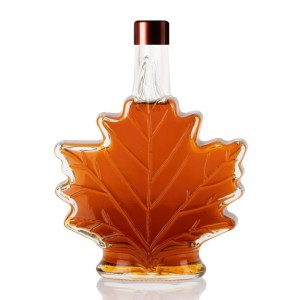This article was written by Phin Upham
The Native Americans were credited as being the first group of people to tap into a maple tree and use its sap to flavor their food. They handed the technique down to the Europeans, who adapted the sap for use when their stores of sugar or molasses ran dry.
A French Jesuit priest wrote about the wasteful nature of the natives at the time. They would use their hatchets to tap into the tree, oozing a “liquor” that they called “maple water.” During colonial periods, Americans consumed almost four times the amount of maple syrup as they do today. It would have been much cheaper to buy maple sugar than the white cane sugar introduced by Spaniards, and it made for an excellent all-purpose spice. The natives even used it as a substitute for salt.
The natives would gather the sugary syrup into special vessels, then take it back to camp to be boiled. Once in a sugary form, the syrup would be added to a cold porridge and drunk on warm days to soothe the body. They also crystallized the substance, using it as a kind of salt for their meats or fish. That tradition still survives today in the form of “honey baked” ham, which often has a sweetened glaze of maple or brown sugar.
Today, the process of gathering sap is much more refined. A small drill bit is inserted into the maple tree, and a tap is put into the small hole the bit made. The sap begins draining from the tap, gathered in small buckets that are hung from the tree. This process used to be done by the women of the family, but the entire thing is industrialized today.
About the Author: Phin Upham is an investor at a family office/hedgefund, where he focuses on special situation illiquid investing. Before this position, Phin Upham was working at Morgan Stanley in the Media and Telecom group. You may contact Phin on his Twitter page.

